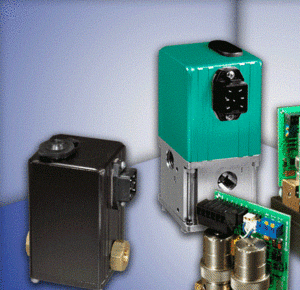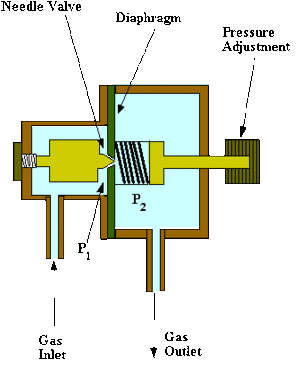Pressure Controllers
Pressure Controller is a mode of mechanical ventilation alone and a variable within other modes of mechanical ventilation. Pressure controller is used to regulate pressures applied during mechanical ventilation. Air delivered into the patients lungs are currently regulated by volume controller or pressure controller. In pressure controlled breaths a tidal volume achieved is based on how much volume can be delivered before the pressure control limit is reached.Pressure controllers are flexible devices for manipulating the pressure of gas or liquid upstream or downstream of the device. It can be configured to use external pressure sensors for added flexibility. When using an external pressure sensor the flow of the gas required to maintain pressure can be monitored.
The first control on any gas line is afforded by a simple pressure controller. There are a number of pressure controllers associated with a gas chromatograph. The reducing valves on the gas tanks are examples of simple pressure controllers and the flow controllers that are used for detector and column flow control often involve devices based on the same principles.The pressure controller consists essentially of two chambers separated by a diaphragm, in the center of which is a needle valve that is actuated by the diaphragm. The diaphragm is held down by a spring that is adjustable so that the pressure in the second chamber, and thus the outlet flow, can be set at any chosen value. When gas enters the lower chamber, the pressure on the lower part of the diaphragm acts against the spring setting, and opens the valve. Gas then passes into the upper chamber and pressure is built up in the upper chamber to the value that has been set at which time the diaphragm moves downward closing the valve. If the pressure falls in the upper cylinder, the diaphragm again moves upward due to the pressure in the lower chamber, which opens the valve and the pressure in the upper chamber is brought back to its set value.

